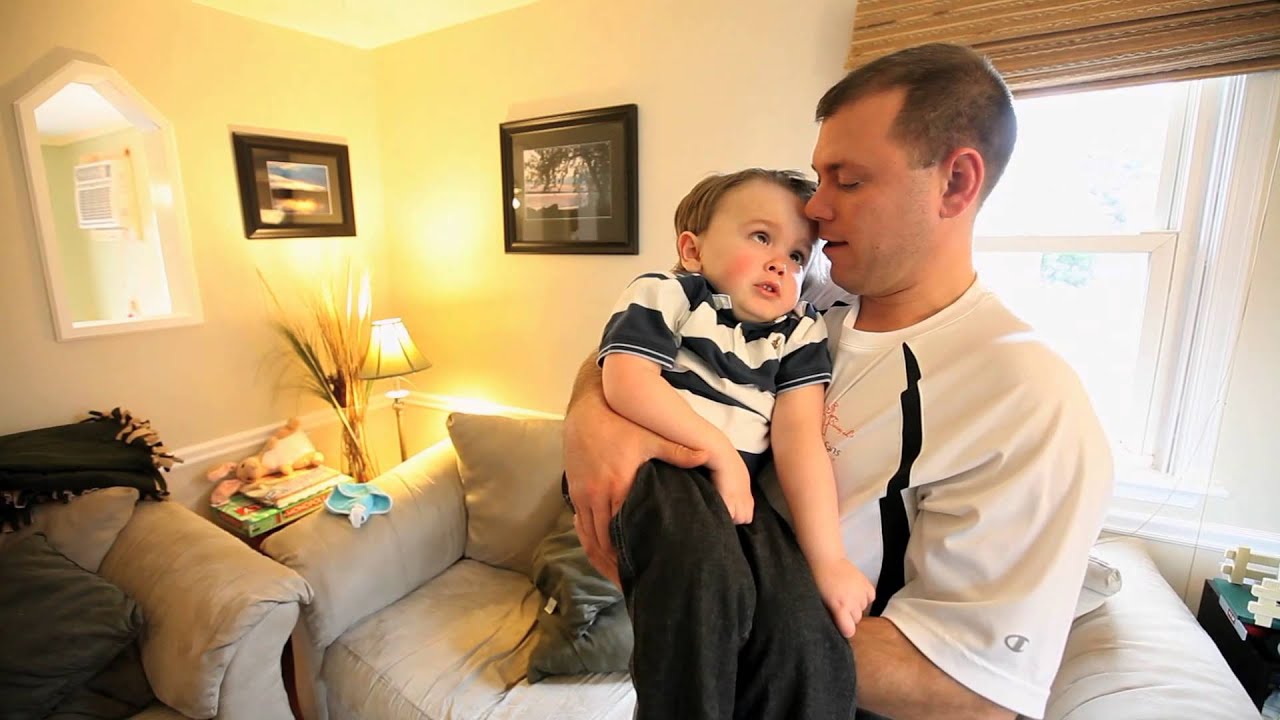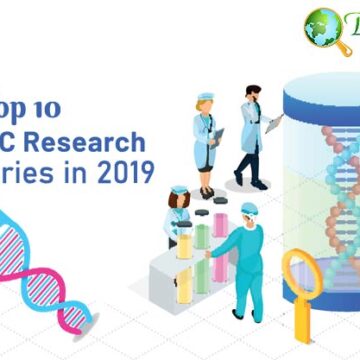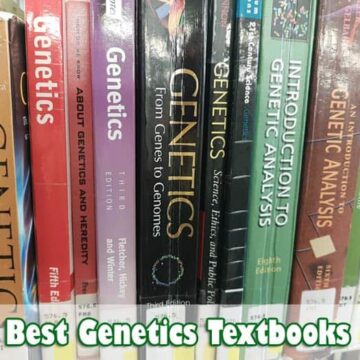Mechanisms Of Evolutionary Change: The Founder Effect
Discover here what the Founder effect is and how it is used to describe the origins of new species (that are genetically distinct) from larger populations.

Founder Effect: As definite as they may seem, some biological processes could occur randomly. In fact, the evolution of some species of living organisms is believed to arise from such.
Several theories have argued about changes that occur in gene frequencies that trigger the generation of some species.
For instance, one particular principle was proposed and scientific-wise, it serves as a strong force in the origin of species: Founder effect.
Previously, we had explored the chromosomal mutations and Autosomal Recessive Inheritance. In this article, we’ll explore the principles of Founder effect, how it impacts existing living organisms, and several recorded examples of it.
Jump to:
What is Founder Effect?
- The Founder effect is considered as a sub-type of Bottleneck effect[2] , which is defined as the loss of the variation in the alleles after the founding of a new population from the main population. But unlike bottlenecks that last until the population is small, Founder effect is just an instant event.
- The alleles present in the new population may not necessarily reflect those of the larger population. And the more that the new population grows; it becomes more and more distinct from the original one.
- The chances of passing on the gene increase more when the individuals in the new population tend to mate within and interbreed.
A good illustration of this phenomenon can be seen below here:
![]()
Founder Effect: History & Origin
Throughout history, there have been several incidences where small groups of individuals move far from their home territories. By random chance alone, the new population develops different allele frequencies from that of the original population. Such isolation and evolution then lead to divergence between the two populations, with the founder population becoming a new species and being unable to interbreed with the former.
![]()
Examples of Founder Effect
In humans alone, Founder effect can be seen to govern the transmission of genes in some populations. In fact, there have been several examples of Founder effect in human populations across the globe, with most cases being genetic disorders.
The following are some of them:
1. Huntington’s Disease

- To date, it is present that this disease affects 0. 005 % (about 1 out of 20,000) people of European ancestry. Interestingly, fishing villages located near Lake Macaraibo (Venezuela) have the highest prevalence of this disease in the world.
- The origin of this disease[5] can be traced back from a woman (in the 1700s) who carried the allele for Huntington’s disease and bore 10 children. These children and their children interbred and eventually created the lineage in that area.
- On the other hand, this disorder is least observed in some populations like the Chinese, Japanese, and African ancestry.
![]()
2. Tay-Sach’s Disease
- The symptoms[7] of the disease include intellectual disability, seizures, paralysis and a cherry red spot eye abnormality. Because of these symptoms, the Cajuns (from Louisiana) also call this disease “Lazy Baby” syndrome.
- Generally, about 0.4 % (or 1 out of 250 people) of the general population is a carrier of the allele for Tay-Sach’s disease. However, this disease has higher frequencies (about 3.7% or 1 out of 27 people) in the populations of the Ashkenazi, the French Canadians, and the Cajuns.
- In the 17th century, the Cajuns, who originated from the French Canadians, migrated to Louisiana and carried the allele for Tay-Sach’s disease in their gene pool. Since then, the Cajuns remained isolated to the point that people married even their close relatives.
![]()
3. Ellis-Van-Creveld Syndrome
- This disorder is very rare in the general population[8] (1 out of 200 000 people) but is very much common in the Old Order Amish descent of Pennsylvania and Western Australia.
- In the late 1930s, scientists Richard Ellis and Simon van Creveld first described the syndrome. Ten years later, the syndrome was formally described and was finally named after them.
![]()
Regardless of whether good or bad, Founder effect has indeed drastically affected populations. In addition to that, it has somehow contributed to the speciation and evolution of species present today.
Hence, a greater understanding of the evolutionary histories of the disorders in some populations will lead to the reduction of their further spreading in the long term; therefore allowing people to be informed of their reproductive choices. To date, most genetic disorders that were results of Founder effect still don’t have any cures yet.
And despite the advancement in technology, scientists are still puzzled by the questions:
How do these genes, which only exist in colonized environments, be common in some settings with such strong selection forces? Shouldn’t natural selection remove them already?
![]()
Cite this page
Bio Explorer. (2026, January 4). Mechanisms Of Evolutionary Change: The Founder Effect. https://www.bioexplorer.net/founder-effect.html/
References
- [1] – “Mechanisms of Evolutionary Change.” Nectunt. Accessed May 14, 2017. Link.
- [2] – “Bottlenecks and Founder Effects”. Accessed May 14, 2017. Link.
- [3] – “On the Importance of Being Ernst Mayr”. Accessed May 14, 2017. Link.
- [4] – “Huntington disease – Genetics Home Reference”. Accessed May 14, 2017. Link.
- [5] – “Huntington’s Chorea: Evolution and Genetic Disease”. Accessed May 14, 2017. Link.
- [6] – “Google Docs – create and edit documents online, for free.”. Accessed May 14, 2017. Link.
- [7] – “Tay-Sachs disease – Genetics Home Reference”. Accessed May 14, 2017. Link.
- [8] – “Ellis-van Creveld syndrome – Genetics Home Reference”. Accessed May 14, 2017. Link.







